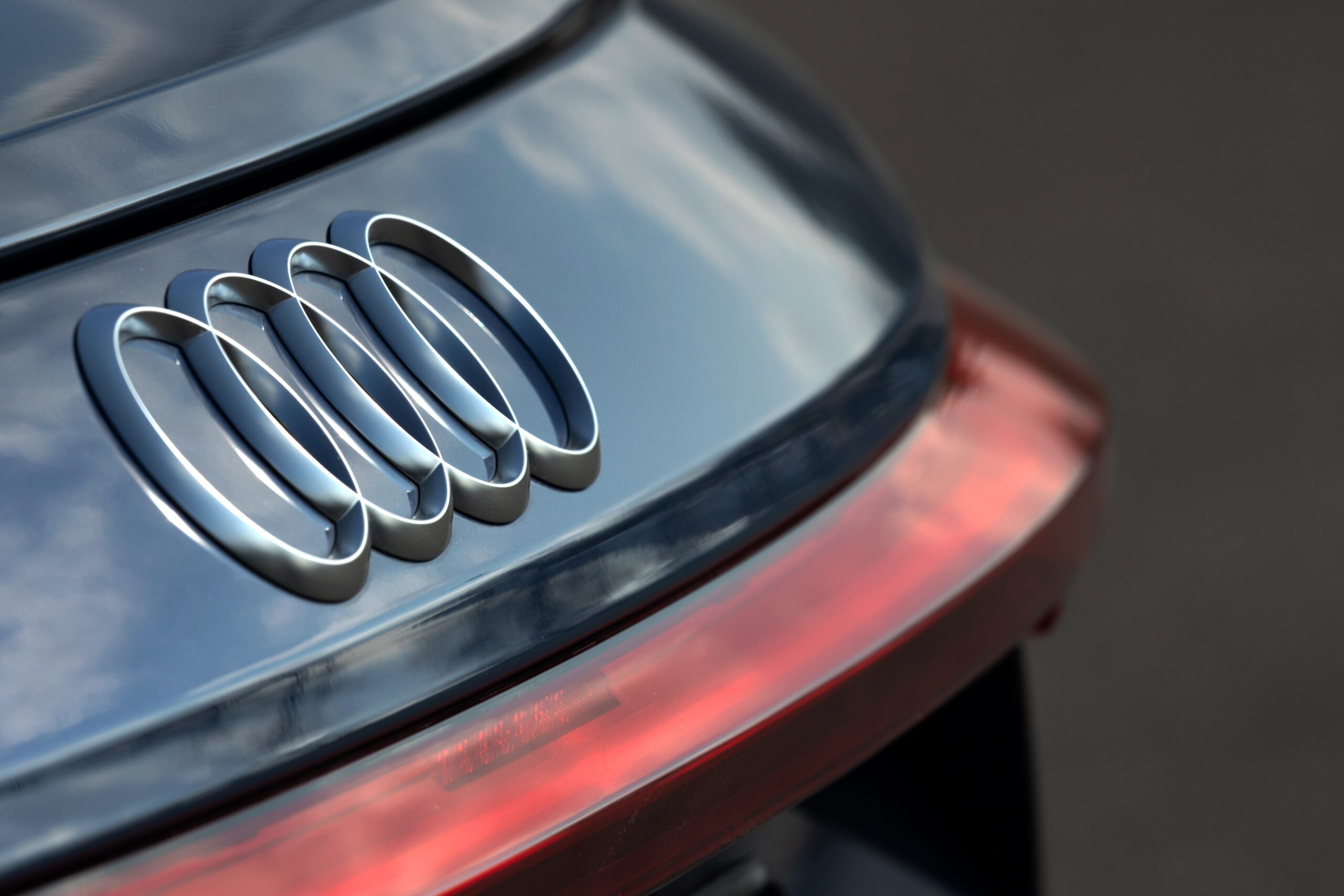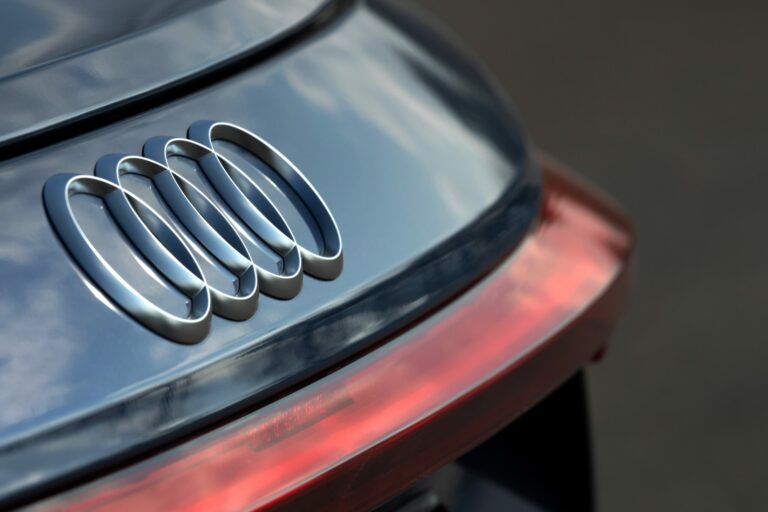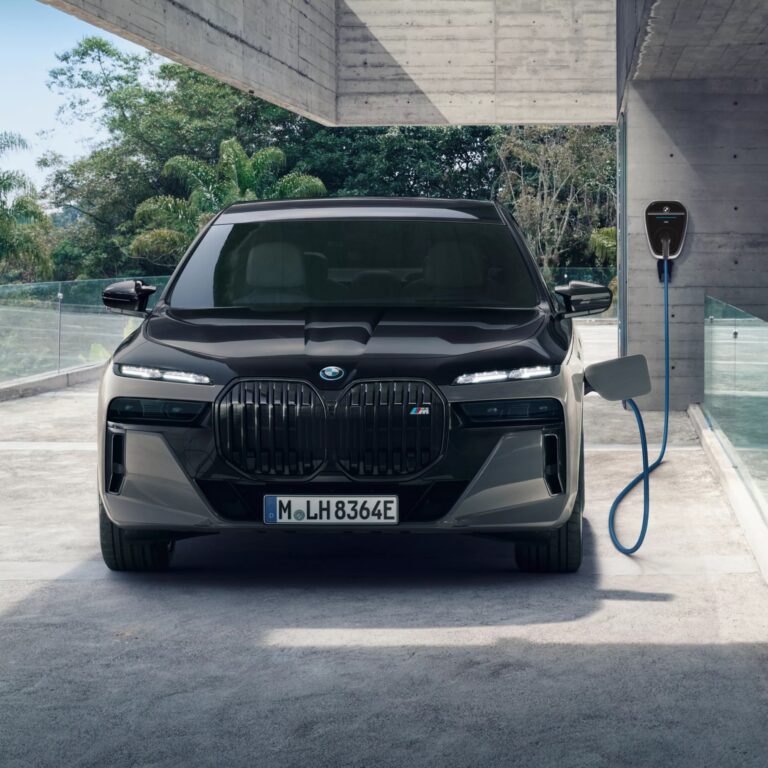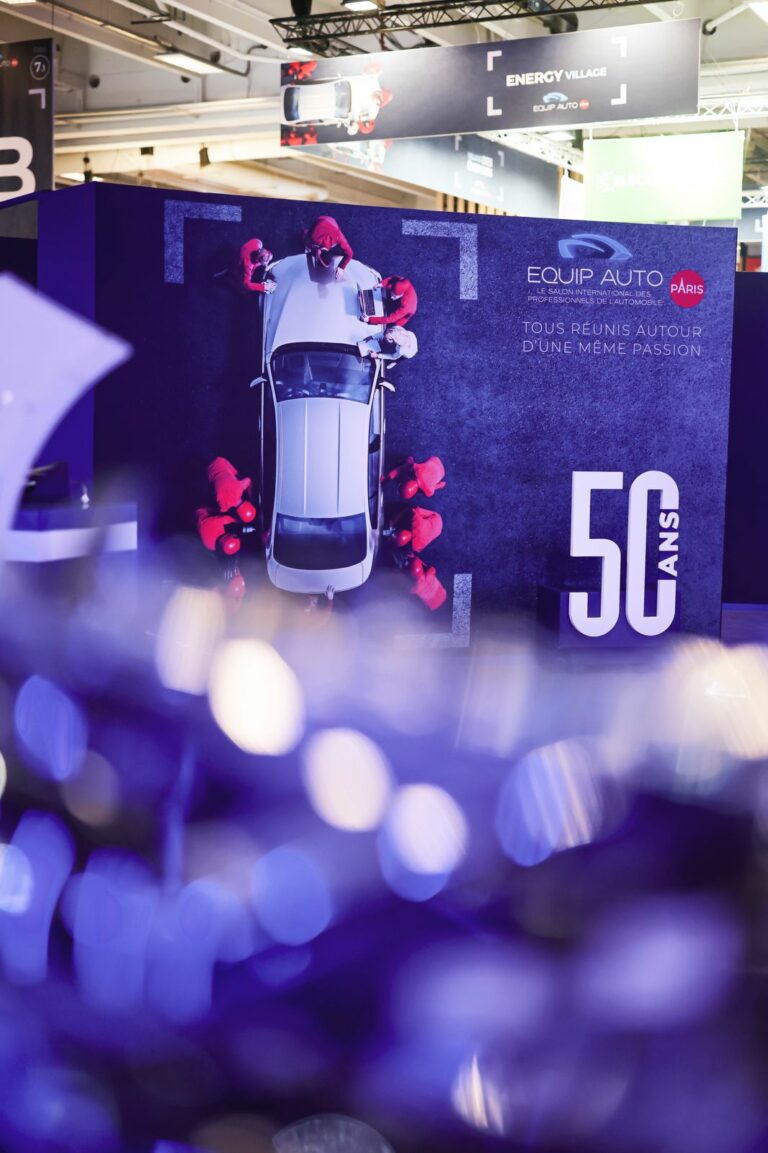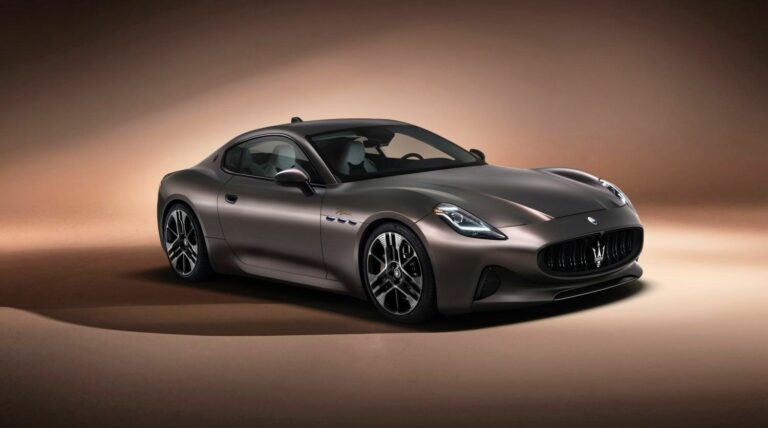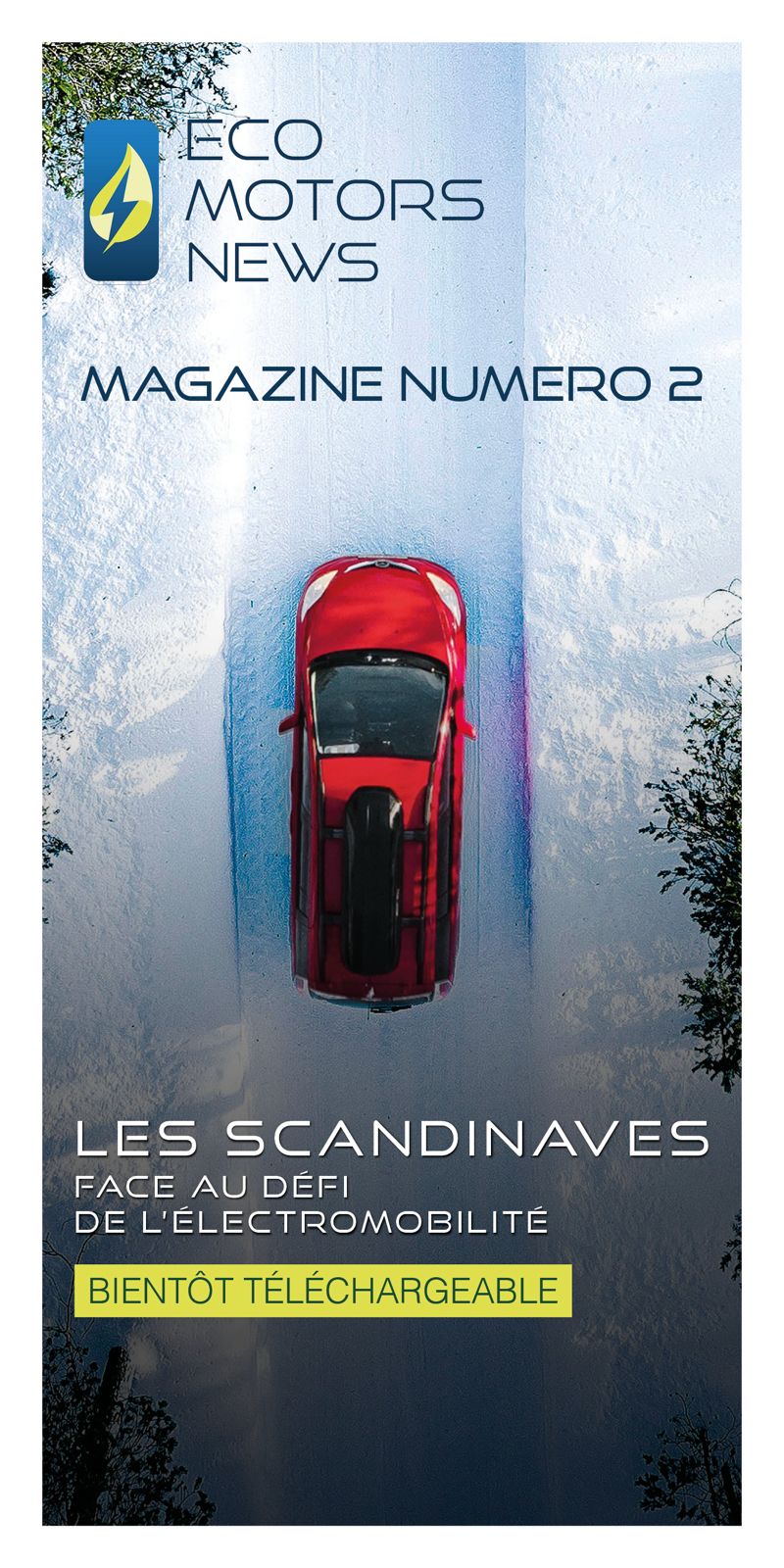Audi is preparing the A2 e-tron, a small 100% electric model due to arrive in 2026. It is a compact heir to the Audi A2, which disappeared more than twenty years ago. The car has been seen testing in the Alps and at the Nürburgring, confirming its advanced development.
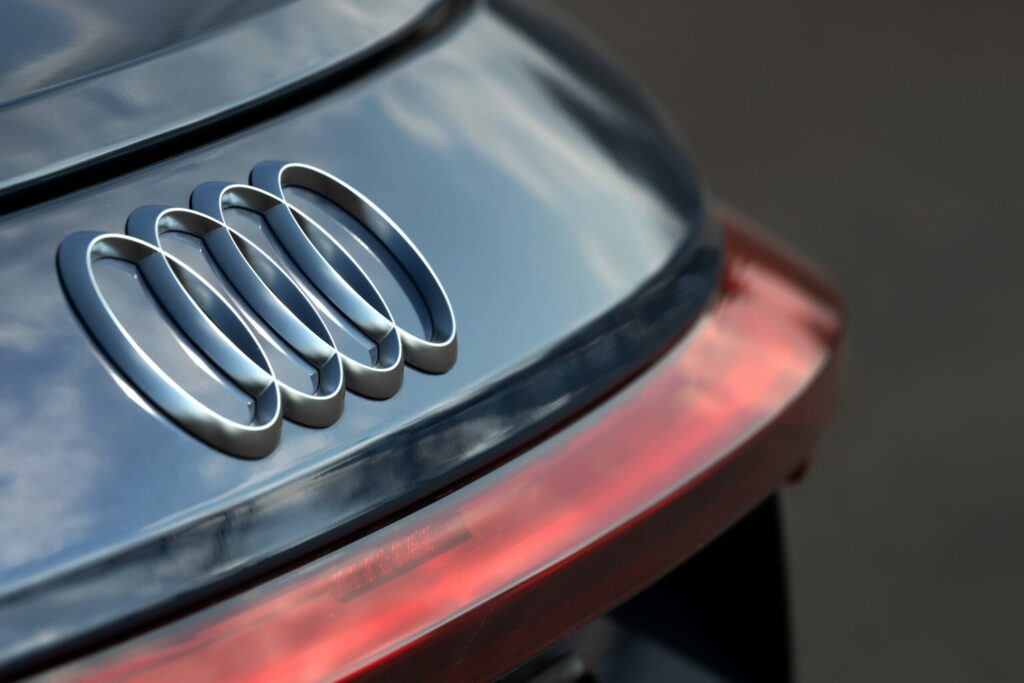
Despite the camouflage, the silhouette stands out clearly and hints at an elegant, modern design. The car will be the electric gateway to the Audi range, under the Q4 e-tron, and will gradually replace the A1 and Q2.
Silhouette and historical inspiration
The future A2 e-tron adopts a single-volume silhouette, inspired by the AI:ME concept presented in 2019. Its proportions are also reminiscent of the small A2 of the 2000s, with a rounded roof, short bonnet and relatively high roofline. This combination provides both improved aerodynamics and generous interior space for its size. The car retains the futuristic spirit of its predecessor while adopting modern lines that fit in with the current range. Rounded corners, a straight stern and a long wheelbase guarantee comfort and practical volume for an urban and suburban vehicle.
Exterior design and technical details
The prototype reveals pixel-effect headlamps, continuous rear lights and a full but structured grille. The overall lines of the car are harmonious and accentuate its elegant profile, while respecting Audi’s recent codes. The shape of the vehicle reduces fuel consumption and optimises range, while certain high-tech elements, such as the LED lights separated from the main headlights, are reminiscent of the Q4 and Q6 e-tron models. Even under camouflage, certain details, such as the rear drum brakes, reveal the use of the MEB platform.
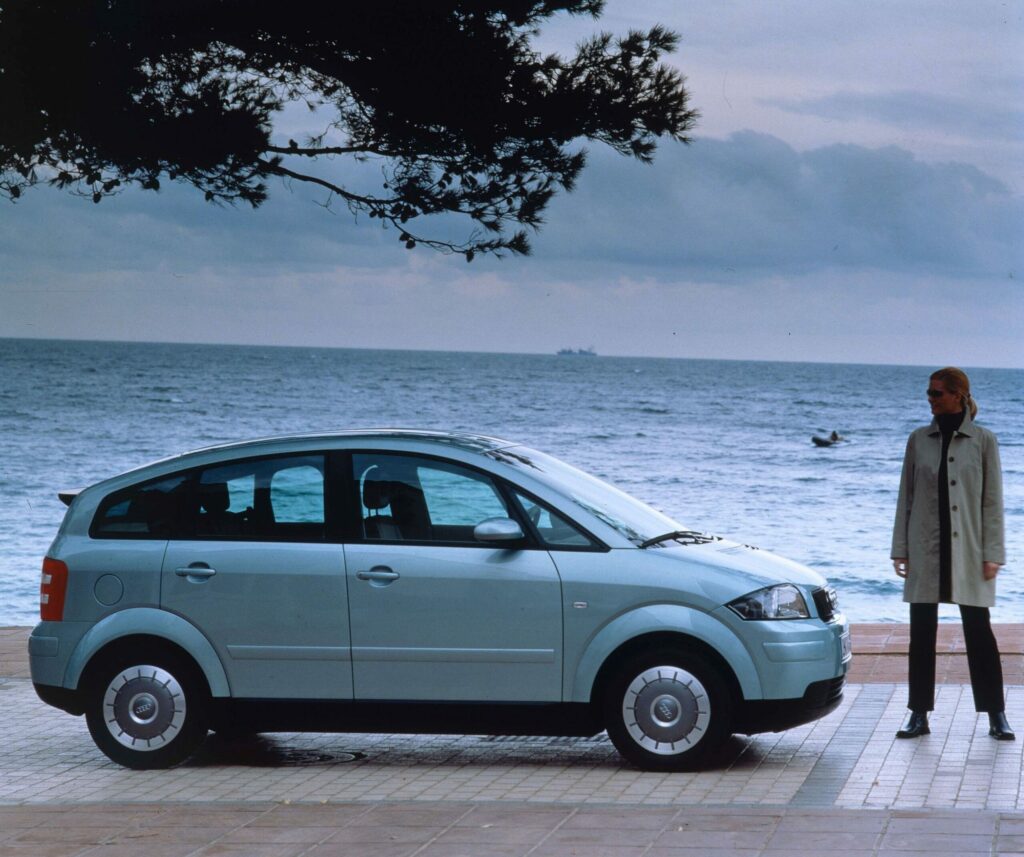
The A2 e-tron will be based on the Volkswagen Group’s MEB modular platform, already used by the ID.3, the Q4 e-tron and the Cupra Born. It should offer a single rear-engined version with 231 bhp, another with 326 bhp inspired by the ID.3 GTX and, potentially, a two-engined version with 335 bhp. The target battery is 79 kWh net, offering a range of around 600 km. Rapid recharging will enable the battery to go from 10% to 80% in less than 30 minutes. This technical base ensures reliability, controlled costs and compatibility with existing infrastructures.
Market positioning
Audi is positioning this compact car as an entry-level premium model, below the Q4 e-tron. It will replace the ageing A1 and Q2, offering an alternative to small urban SUVs such as the Volvo EX30 and Smart #1. With a length of around 4.25 m, the compact car will be more generous than the A1, while retaining a practical size for city driving. The car will enable Audi to offer accessible electric mobility without sacrificing style or quality.
Production will take place in Ingolstadt, Germany. Official presentation is expected during 2026, with marketing to follow. The prototypes seen on the road and on the racetrack confirm that the design has been finalised. The spy shots show a vehicle that is close to series production, suggesting a launch without any major surprises. This will enable Audi to anticipate market needs and adjust production to demand.
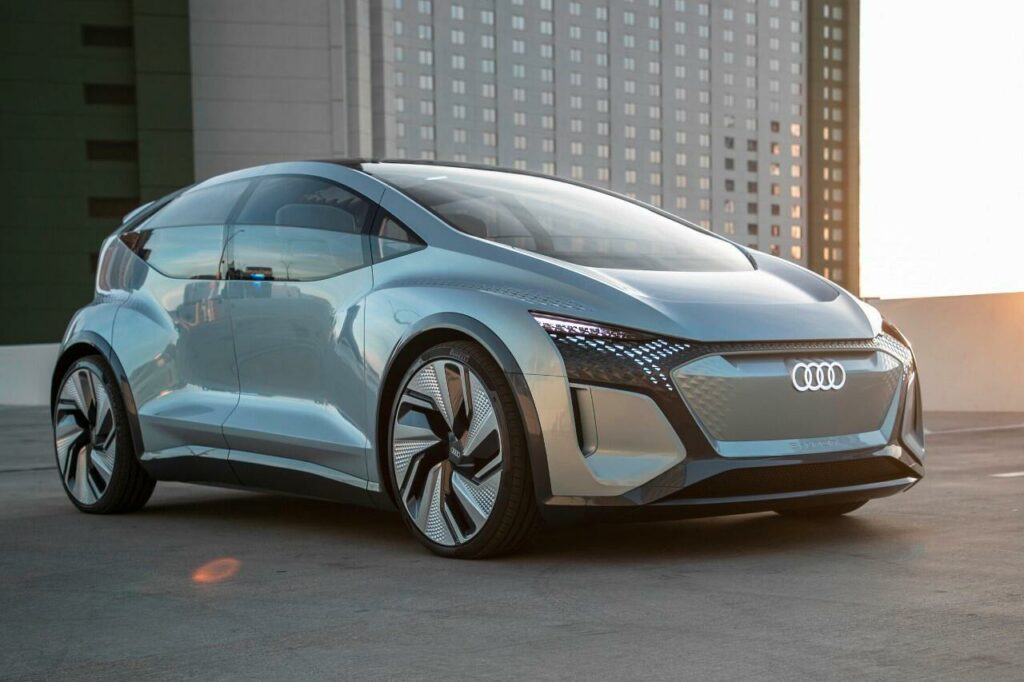
A car for a specific segment
According to Audi CEO Gernot Döllner, the A2 e-tron will target a specific customer base looking for a premium entry-level car. The brand is leaving city cars to other Group subsidiaries, such as Volkswagen and Skoda. The emphasis is on perceived quality, ease of use and range rather than low price. This strategy enables Audi to position itself in a particular segment while responding to the growing demand for practical, urban electric vehicles.
Audi is betting on a discreet but significant return of the A2, this time in an electric version. As a result, the compact car should offer an ideal compromise between practicality, design and technology. In addition, future announcements will confirm its official name, final engines and exact market positioning. Finally, for fans of the brand, this A2 e-tron promises to combine nostalgia and modernity in an urban, premium model.

